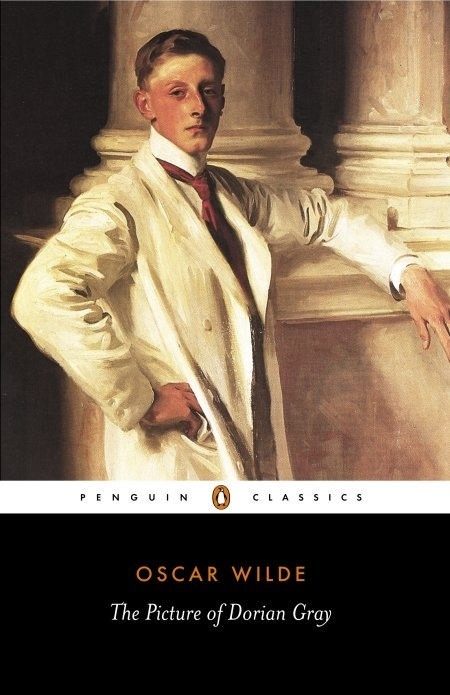The Picture of Dorian Gray
Title: The Picture of Dorian Gray

Author: Oscar Wilde
Published in: 1890
Date read: 16th October 2020
Score: 4/5
Genre: Classic, Supernatural, Thriller
Plot: (Warning, may contain spoilers):
"The Picture of Dorian Gray," published in 1890, is Oscar Wilde's only novel, a philosophical and gothic tale that explores themes of beauty, morality, hedonism, and the corrupting influence of sin. It's a dark parable about a man who sells his soul for eternal youth and beauty.
The story introduces Dorian Gray, a stunningly handsome young man who captivates Basil Hallward, a talented painter. Basil paints a magnificent portrait of Dorian, capturing his exquisite youth and innocence. As Basil is finishing the painting, Lord Henry Wotton, a cynical and witty aristocrat, arrives. Lord Henry's amoral and hedonistic philosophy immediately begins to subtly corrupt Dorian, planting seeds of vanity and a desire for perpetual youth.
Upon seeing the finished portrait, Dorian impulsively wishes that the painting would age and bear the marks of his sins, while he himself would remain forever young and beautiful. Miraculously, his wish comes true. The portrait, housed secretly, begins to subtly reflect every act of cruelty, debauchery, and moral decay that Dorian commits, while his own physical appearance remains flawless.
Dorian embarks on a life of reckless hedonism and moral degradation. He engages in countless affairs, ruins lives, dabbles in opium dens, and even commits murder, including that of Basil Hallward, who discovers the horrific truth of the portrait. Each transgression, however heinous, leaves no mark on Dorian's perfect face; instead, the portrait twists, ages, and becomes increasingly grotesque, a horrifying visual record of his corrupted soul.
The novel delves into Dorian's psychological descent. Initially, he is fascinated by the portrait's transformation, viewing it as a separate entity bearing his burdens. But as its hideousness grows, it becomes a source of terror and morbid fascination, a constant reminder of his true depravity. He attempts to hide it, becoming obsessed with its secrecy, even as his public life remains impeccable.
Lord Henry, unaware of the painting's supernatural function, continues to champion his philosophy of living life purely for pleasure, observing Dorian's seemingly ageless beauty with a detached amusement, oblivious to the monstrous soul beneath the surface.
The climax sees Dorian, utterly tormented by the hideous reflection of his soul in the portrait and desperate to be free of his guilt and the painting's power, attempting to destroy it. In a final, dramatic act, he stabs the portrait with the same knife he used to murder Basil. However, in doing so, he paradoxically transfers all the accumulated decay back to himself. His servants discover an aged, withered, and hideous corpse, with a beautiful, unmarred portrait of a young Dorian Gray hanging above it, his wish finally, terribly reversed.
Comments:
Not at all disappointed with this journey into another classic book. I don't know why I avoided them for so long. Very clever story and well written.
Books that we've read by Oscar Wilde (1):
The Picture of Dorian Gray (1890)
This page was updated on: 13th August 2025

